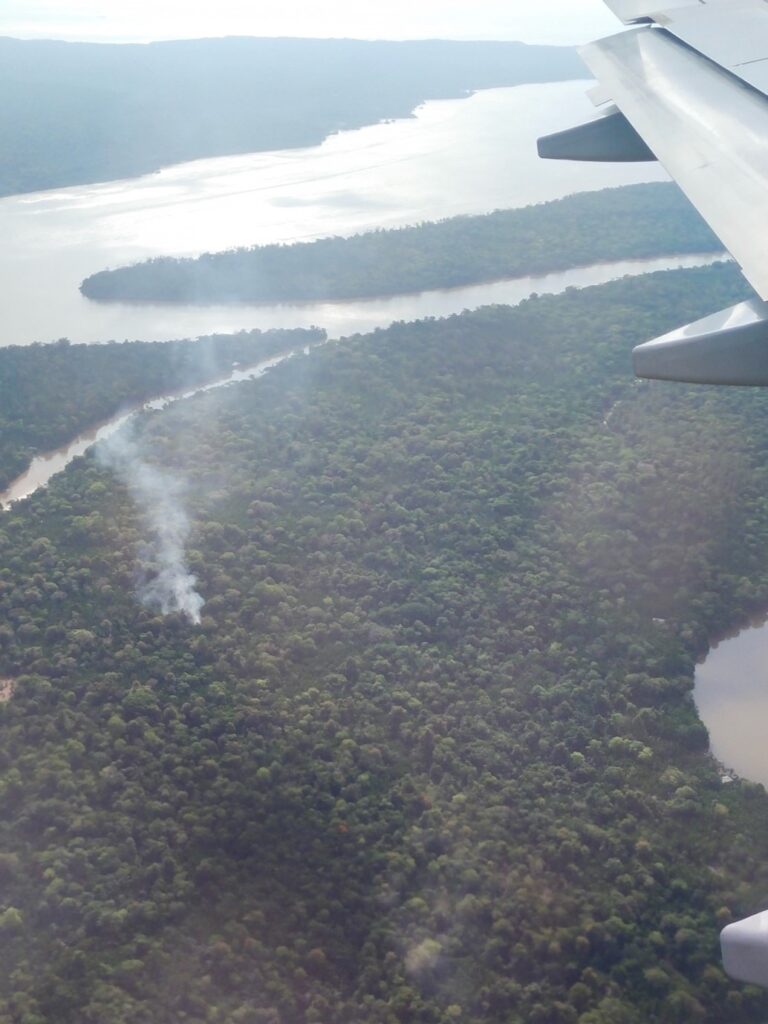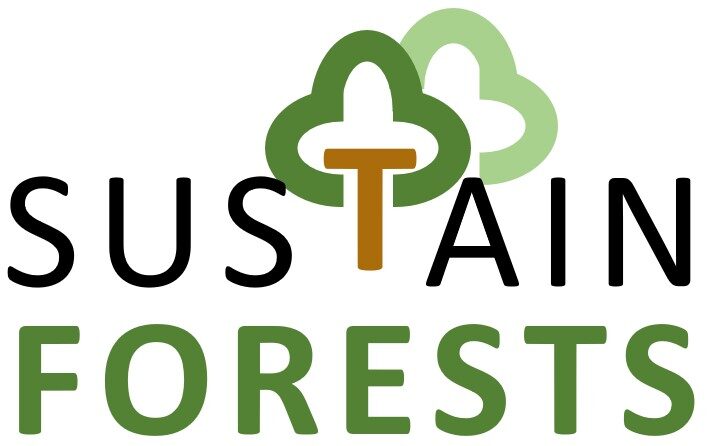Brazil is home to the largest tropical forest in the world: the Amazon. This vast ecosystem supports thousands of species and hundreds of indigenous communities. However, the forest is being burned and cut down at alarming rates. The international community often blames Brazil for this ecological crisis. Yet, millions of people living in the region face precarious conditions. Land grabbing and conflicts in this expansive area are difficult for the state to control. Bringing together diverse stakeholders to develop innovative solutions is essential for managing Amazonia’s natural resources sustainably and responsibly. In the context of nexBio, an initiative kindly organized by Swissnex, 14 startups and five PhD researchers from Switzerland and Brazil gathered in Pará, Brazil. Their goal was to work on innovative bioeconomy solutions to harness natural resources without destroying the forest. For instance, one startup produces shoes using latex sourced from wild Hevea trees, harvested by riverine communities. This approach enables these communities to generate income without the need for large-scale deforestation. Another startup focuses on restoring coastal mangroves, a crucial yet fragile ecosystem in Pará. We explored the cities of Belém, Altamira, and Santarém, observing how cacao is cultivated in extensive agroforestry systems and intensive monocultures. This raised questions about land sharing versus land sparing. We saw how farmers produce chocolate on-site, selling it as “beans to bar,” and we discovered the untapped potential of Cupuaçu and Açai.
My PhD research centers on small tropical forest patches in West Africa, and this experience broadened my perspective to include the Amazon. It also opened the door for potential collaboration with Brazilian institutions. Sharing knowledge and technologies is crucial to addressing globally significant challenges like deforestation. NexBio Amazônia brought together diverse stakeholders to exchange ideas on how to use natural resources sustainably. While the global situation remains complex, this approach is certainly more constructive than simply blaming Brazil for deforestation while continuing to consume Amazonian soy and cheap cacao. What struck me most were the vast spatial dimensions of the region. As a Swiss citizen, I was amazed by the sheer spatial scale. To travel from Belém to the nearby city of Altamira, we had to take a one-hour flight—an alternative would have been a week-long journey by boat. The seemingly unremarkable municipality of Altamira is four times the size of Switzerland. Meanwhile, the BERE Xikrin people traveled over five hours by boat just to meet with us in the nearest urban center

